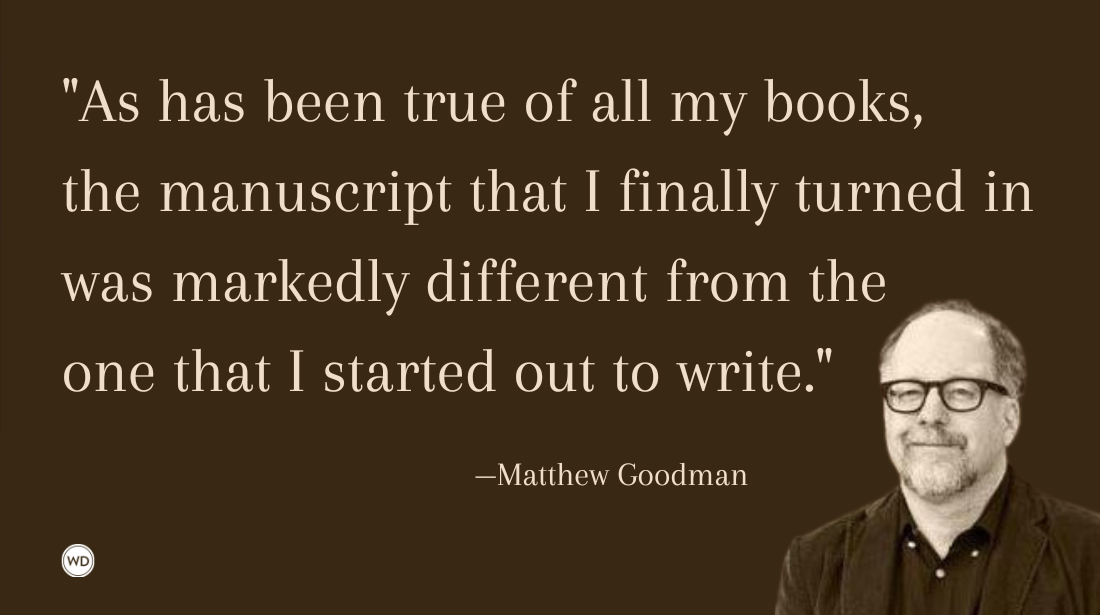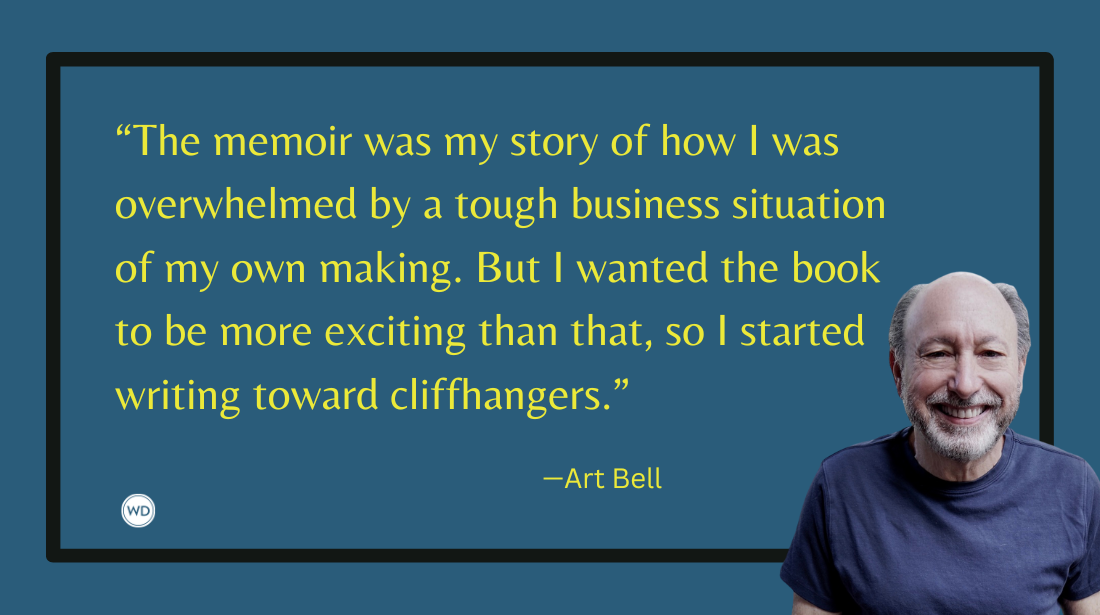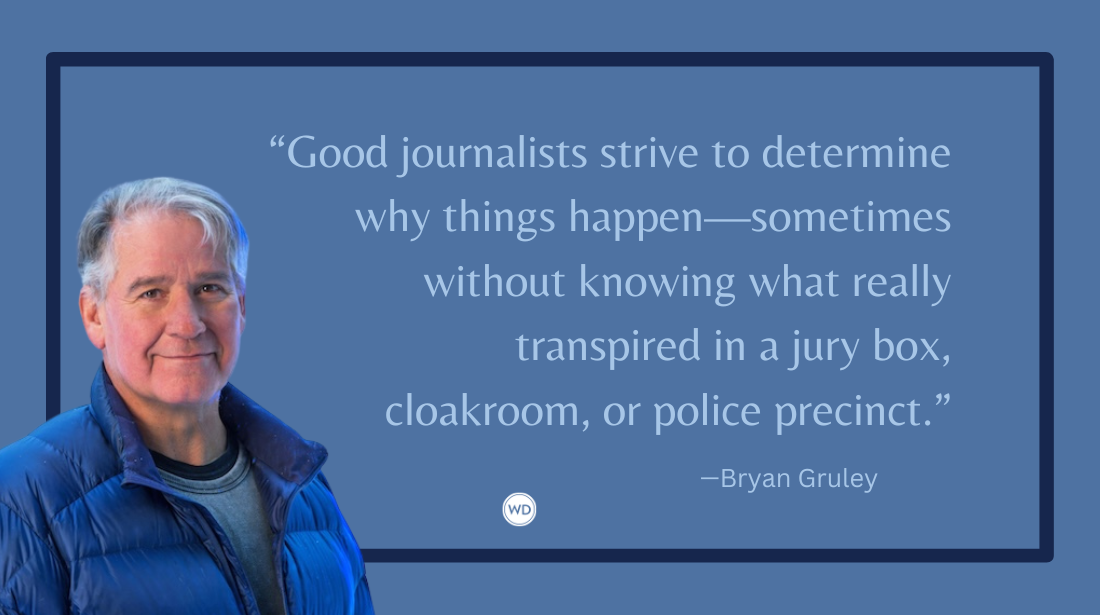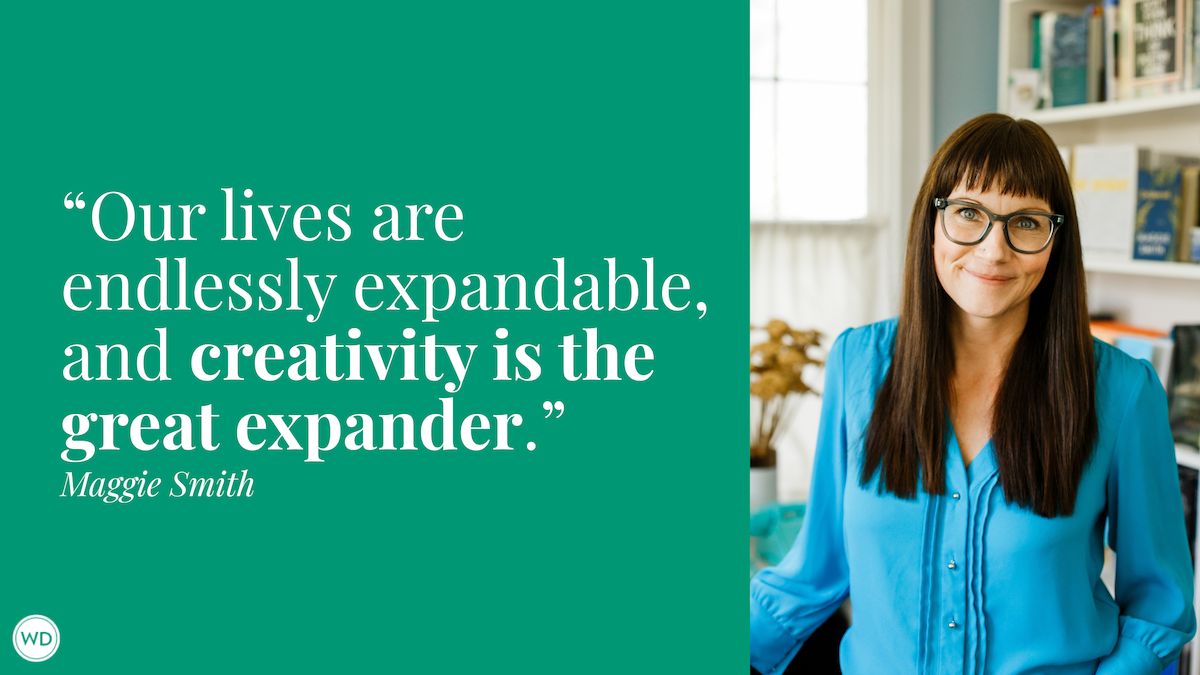How to Use Apps and Technology to Help With Your Nature Writing
Author and essayist Isobella Jade shares her thoughts on how to use apps and technology to help with your nature writing.
When I first walked at an arboretum and nature center near my home with my grief after a terrible divorce, I wrote my observations in my journal. I could hear the sweet songs of birds up in the trees, but I did not know the names of the birds. Also, I couldn’t be certain what the species of trees, plants, and wildflowers were that I walked by, even though the landscape was calming and beautiful. Curious about the landscape, I downloaded the Merlin Bird ID and Seek by iNaturalist apps, and suddenly it changed my walks, and it changed my writing.
I had started writing a memoir about moving from New York to Texas and then starting my life over when my marriage crumbled and how walking in nature was healing while adjusting to being a divorced parent. It was deep and emotional. I had been writing only about the changes happening to me. I wasn’t including yet too many details about my surroundings, but the apps would expand my writing to include the characteristics of the scenery, the species of plants and flowers and the songs of birds, while I was walking the trails.
After I downloaded the apps, I had access to image recognition technology to identify birds, plants, and animals. This was not only entertaining on my walks, but gave me extra knowledge that improved my writing. While using the apps I’ve realized you don’t have to be an experienced birder or expert ecologist to incorporate the natural world into your writing in a comfortable way.
While on the trail and opening the Merlin app, I could record the bird songs I was hearing by appropriately clicking the Sound icon. Immediately, the app captured the sounds around me, as though it was specifically listening only for bird songs. Then a list of possible birds appeared below the recording and the name of the bird would highlight after its song was heard.
After the app identifies the birds, sometimes I start taking notes right away. While walking to my car after a long walk, I wrote some notes like this: "The crow had the last word at dusk, until the Carolina wren sang out a sweet last note, as though it was saying goodnight to me."’
I would never have known the wren’s song without the app.
When I wasn’t quick enough with my phone camera to snap a photo of birds flying from branch to branch, it was amazing how the recordings could help me with identification I could have missed out on. Over time I started recognizing some bird songs, then the colors of their feathers as they whizzed by across the trail. With the app, I felt more connected to the song of the blue jays, cardinals, and wrens up in the pine and oak trees, even if I couldn’t see them all. After knowing the names of the birds that were out there, I felt more confident bringing my observations in nature to my writing.
The app archives my recordings from my walks, and I can see on the app that in February a year ago around 4:30 p.m. I heard the songs of Carolina wren, Downy Woodpecker, Tufted Titmouse, and Northern Cardinal. When I write about winter ending and spring emerging, I replay the recordings. I love that I can see and hear which birds were singing at certain times of the year.
The app inspires me to learn more about a certain bird and its appearance, how it cares for its young, how it creates a nest, and when it migrates. The app shares some of this information along with a variety of photos of the bird. I usually want to explore more about birds' personalities to create a visual in my writing that becomes more special.
The other app I love to use for nature writing is Seek. On the app I can identify and explore plants, wildflowers, and other animals I pass on the trails too. When I click the Camera icon I’m prompted to ‘scan the environment for organisms to identify.’ When I do, the name of the species will appear on my phone’s screen. I can snap a photo and archive it. Or I can just screenshot what I’ve discovered. More information about the plant or flower is saved under ‘My Observations.’
From a dainty purple and yellow Lantana flower brightly blooming in August to an Eastern Cottonwood leaf on the boardwalk in October and my new favorite a yellow and red flower, an Indian Blanket. I’m kind of obsessed.
The reason I write about the death of the basketflower in the savanna and how it still holds beauty with the curl of its dried-out stem, is because of observations from Seek. The reason I can identify oaks, pines, and holly trees is because of scanning the landscape while using the app. I’ve learned about the light purple passionflower, the coneflower, beautyberry, the trumpet vine, Mexican primrose, tropical sage, frostweed, goldenrods, and many more this way.
In the summer, Seek tells me about the creamy white flowers at the edge of the pond and boardwalk are arrowhead flowers and the tall plants nearby are pickerelweed. I’ll learn that the mushrooms that look like little umbrellas beside the trail are called Green-spored Parasol, and they are poisonous. Mainly, I use Seek for identifying plants and wildflowers, but you can use it to identify much more: birds, mammals, insects, fish, mollusks, amphibians, and more.
Using the app, I feel closer to my surroundings too. I feel closer to the grassy prairie and the egret sitting on a big branch in the pond and the tree frogs too.
Also, photos I’ve taken on my phone while in nature have been a great asset for my nature writing. My phone has hundreds and hundreds of photos stored of plants, wildlife, and landscapes of the meadow and prairies and ponds and forests through the seasons.
When I write about motherhood and longing, I scroll through my photos to find the soft fur of a rabbit or the skin of a water snake or the shell of an armadillo. When I write about baby water snakes in the pond grass or caterpillars crossing the path, I have the photos of these incredible creatures on my phone as reference. If I’m writing about summer, I refer to the photos I took then. If I want to know what month or time of day the heron was in the pond or the huge spiders were making webs on the pickerelweed, I just quickly scroll and search my photos. Seeing the image I took helps me get into the scene, be on the trail in that moment again, and helps my storytelling come alive. My photos are a great resource for accuracy, and they spark creativity.
On my walks, I usually bring a journal to write pen to paper as well. So, once I’m at my laptop, I bring together everything: my notes, my photos, and the discoveries from the apps to create scenes.
As a budding naturalist, I remain curious and I’m always learning. Using nature identifier apps and photos taken with my phone help me describe how thousands of water lilies fill the pond and then fade to just a few in winter. When I’m writing about how the bark on fallen trees become covered in vines and new greenery again in the spring, I’m looking at the photos of the changed tree, and I’m really writing about my emotions of loss, longing, restarting my life, and looking forward to the future.








